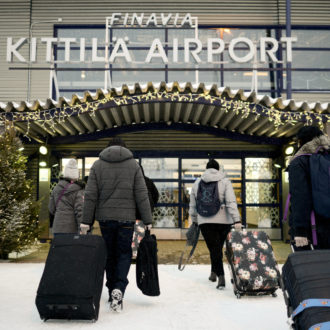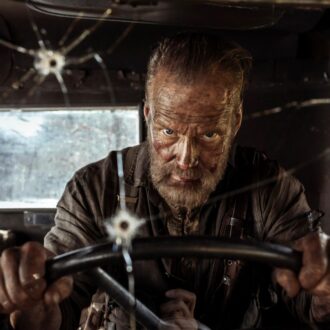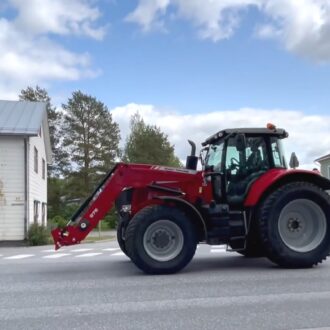Moomin Characters Ltd is the company that owns all Moomin rights. There will be no pancake party to celebrate the 80th anniversary of the Moomins at their headquarters, says Managing Director Roleff Kråkström.
“We’ve always felt a bit awkward about commercial celebrations.”
Instead, the company returns to the first Moomin book, The Moomins and the Great Flood from 1945. It’s a story in which the Moomin family is looking for Moominpappa.
“The great flood can be interpreted as an allegory for the war that had just ended in Finland and Europe. Almost every family had lost a father, a son or a brother.”
Many elements introduced in this first Moomin book later became characteristics of Moomin stories, says Kråkström. “Tove Jansson uses looming catastrophe as an element of drama that brings out archetypical behavior in the characters. She also introduces the concept of flexible family. On their quest the family encounters creatures of which some join the family for a while, others become permanent family members.”
The family’s approach to these creatures can be seen as a cornerstone of the Moomin philosophy: they are accepted as they are, but also required to take full responsibility for themselves.
“Courage is important in the Moomin stories. Many of us are afraid and need to find the courage in ourselves. We need that courage to be free and to achieve something. Only then we can be generous, face others as they are and help them.”
Eighty years on, the story of a displacement is, unfortunately, still very topical, says Kråkström.
“There are more than 200 million refugees in the world today. A huge number of children are displaced and their futures uncertain.”
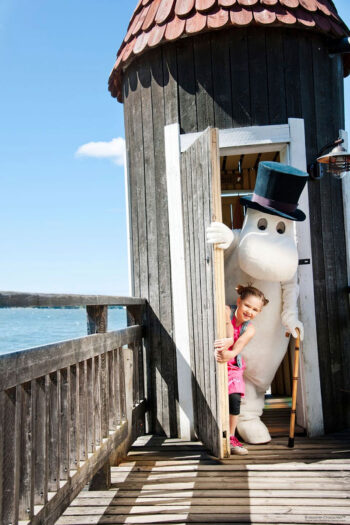
Moominland, Naantali: The official Moomin theme park in Naantali, western Finland, opens its doors every summer. Visitors get to meet Moomin characters, visit their houses and explore Moominvalley and all its marvels. Photo: Moomin Characters Ltd
To address this issue, the company is licensing a purpose-designed set of artworks based on Jansson’s original illustrations from The Great Flood for their partners to use for merchandise. A portion of the proceeds will be donated to the Red Cross. The goal is to raise a million euros for the International Red Cross and Red Crescent.
The Moomins and The Great Flood ends with the family finding both Moominpappa and the Moominhouse of their dreams. As part of the anniversary celebrations and Refugee Week in the UK, Moomin Characters Ltd has invited contemporary artists in four cities to create their interpretations of the Moominhouse, together with the local refugee communities.
“They probably won’t look anything like a blue cornet but reflect what home means for them,” says Kråkström.
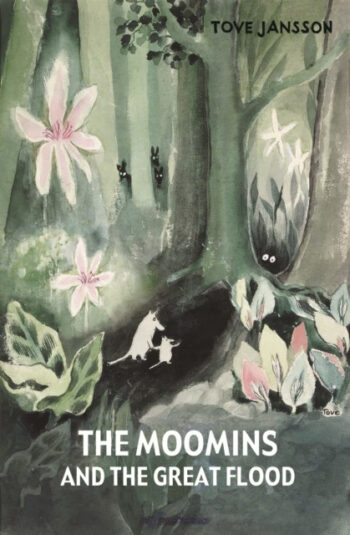
Photo: Moomin Characters Ltd
By Ninni Lehtniemi, ThisisFINLAND Magazine

